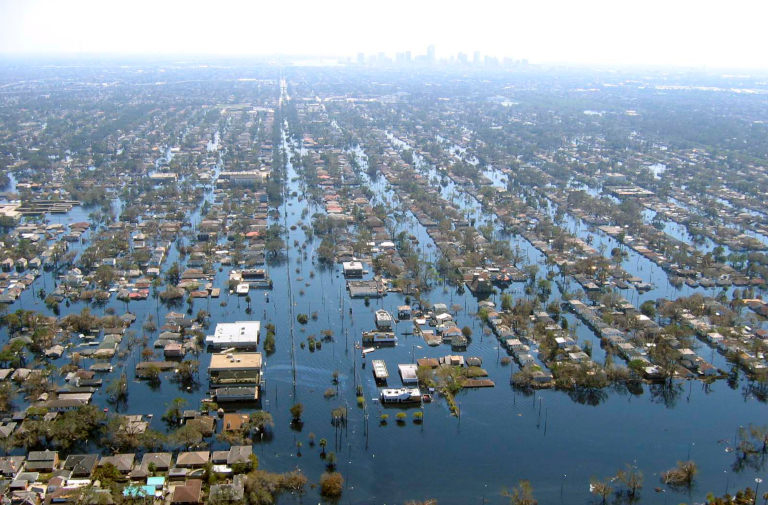Among the horrific reports about the damage Hurricane Helene unleashed on the southeastern United States was one about Spruce Pine, North Carolina, population 2,194 (as of the 2020 census). The town was hard hit. One resident reported that the water treatment plant “washed away.” Many of the town’s old brick riverfront buildings are gone, and the mud is everywhere.
Just to the north of Spruce Pine is what could easily be considered a single point of failure in the supply chain that makes the modern high-tech world possible. It’s there that two companies mine quartz so pure that it is suitable (after some refining) for the high-temperature crucibles that are used to melt silicon—melting point 1414 degrees C or 2577 degrees F. I’m referring to the silicon destined to be made into silicon wafers, the basis for modern electronics and photovoltaic solar cells. The crucibles have to be made from ultra-pure quartz so that they don’t contain impurities that could ruin the silicon. Top-of-the-line ultra-pure quartz has no more than 80 molecules of impurities for every one billion molecules of silicon dioxide, the chemical formula of sand which turns into quartz in the Earth’s crust under great pressures and high temperatures.
It turns out that Spruce Pine produces most of the ultra-pure quartz in the world. Exactly what percentage is a secret held within a small and secretive industry. The largest producer, Sibelco, announced that operations have ceased at its Spruce Pine mines as of September 26. The Quartz Corp. also announced a shutdown as of the same day. How long the two companies’ operations will be down is unknown.
The tech industry is putting on a brave face and saying that their operations have not been affected. The problem isn’t one for current production. There are plenty of crucibles already out there. The problem will come with the breakneck expansion of the tech industry and its need for ever increasing deliveries of silicon wafers for all those AI-related chips, solar cells, and Internet-of-Things devices for which demand is growing rapidly.
There are other sources of ultra-pure quartz, but they would have to be developed. In the alternative, purification methods could be developed or extended to make ultra-pure quartz from not-so-pure quartz. All that would have a cost and it might mean increased costs for the industry. But these alternatives are not available at a snap of one’s fingers. The time lag could be considerable. Mines can take years to discover, permit and build. Better methods of purification might be developed quickly or they might take time. Whether they do or not, the cost may end up being prohibitive.
What is truly astonishing is that despite a warning shot—a fire closed down production in Spruce Pine in 2008—the tech industry has done little to diversify its supplies. This is not an isolated problem. Tantalum, an element widely used in electronics, especially cell phones, comes overwhelmingly from the Democratic Republic of the Congo and Rwanda. The political and social unrest in these countries would seem to recommend the development of alternative sources.
Some 80 percent of the world’s gallium—a metal used in semiconductors, LEDs, Blu-ray technology, mobile phones and pressure sensors for touch switches—comes from China. Late last year China announced a ban on exporting technology for processing gallium and other rare earth elements, presumably to protect its status as the dominant supplier to the world. China seems to be gearing up to restrict exports of those elements with a new reporting system for such exports. It currently controls almost 90 percent of global refined output.
None of this will be a surprise to long-time readers who have read my commentary on supplies of critical minerals for the past 15 years. (This recent example seems particularly apropos.) But events revealing perilous supply issues keep surprising industries that are dependent on critical minerals and governments, too, who are only recently understanding that the marketplace can’t solve all problems.
In truth, I think human society would be more robust with fewer silicon chips running it. But that is not a widely shared view. Until it is, the tech industry and governments around the world will have their hands full trying to keep the silicon party going in the face of emerging disruptions and limits on critical materials—limits due either to geology or to human-caused chaos and/or policies.






